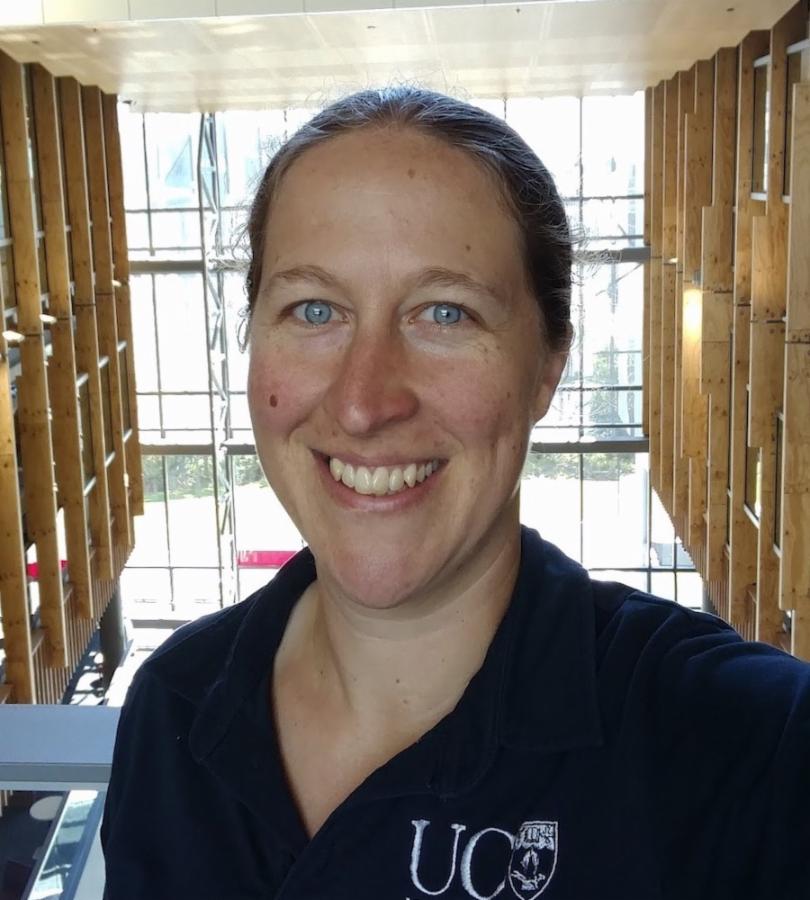Key UC Contact
What We Did
To expand opportunities for researchers in New Zealand and around the globe to utilise microgravity for essential protein crystallisation experiments, we have developed a nanosatellite-based space biology laboratory for crystallising proteins in low Earth orbit. Combining the expertise of scientists and engineers at the University of Canterbury, Asteria Engineering Consulting, Intranel, and Arizona State University and funding from New Zealand's Science for Technological Innovation Seed Fund and the Ministry of Business, Innovation & Employment's Catalyst Space Fund, we will advance biological research and create new global opportunities for New Zealand’s space sector. Our first technology demonstration, which is now qualified for flight for a January 2022 launch, consists of a simplified version of our CubeSat payload protein crystallisation laboratory. The mission will be the first to demonstrate the suitability of our nanowell devices to safely and stably incubate protein crystals in microgravity, and be the first to utilise protein crystallography experimentation on a free-flying satellite.
Who Was Involved
University of Canterbury, Arizona State University, Asteria Engineering Consultancy, Intranel, UC Aerospace, and other Christchurch partners including Shamrock Industries and TE Connectivity.
Why It Matters
Conducting biological experiments in space allows for both a more complete understanding of life on Earth and the development of life support capabilities which will enable advanced human space exploration and future off-Earth habitation. With the cost of small satellite development and deployment decreasing and the availability of launches increasing, there now exists a cost-effective platform with which to utilise these satellites for more advanced biotechnological research as well as commercial R&D applications.
Protein crystallisation is an essential method for determining atomic level protein structures, and is utilised globally by academic teams, pharmaceutical companies, and the biotechnology industry. Protein structures made possible through crystallography have led to the understanding of disease models, the treatment of genetic disorders, and the development of new drugs to combat cancer and microbial infections. Protein crystallisation experiments conducted on the ISS have illustrated the potency of a microgravity environment for producing large, high-quality protein crystals that are otherwise extremely difficult or impossible to produce on Earth.
Learn More
- www.canterbury.ac.nz/news/2021/launching-a-space-lab-into-orbit.html
- www.canterbury.ac.nz/news/2019/uc-scientist-funded-to-fire-biochemistry-experiments-into-space.html
- www.christchurch.space/cooking-up-a-storm-in-space-with-dr-sarah-kessans
- www.sftichallenge.govt.nz/our-research/our-researchers/dr-sarah-kessans
Photo Caption:
Dr Sarah Kessans is developing nanosatellite payloads for carrying out protein crystallisation research in microgravity.


